7 September 2000
Iași, Romania
Virgil Săhleanu
Profession
Community
Motive
Political dissent
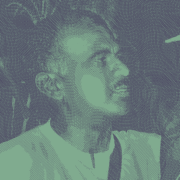

Adolfo Olivas


Ahmed Divela


Amit Jethwa
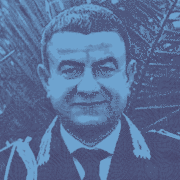

Artan Cuku


Babita Deokaran
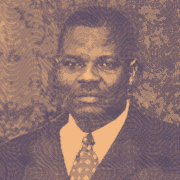

Bayo Ohu
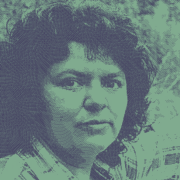

Berta Cáceres


Bhupendra Veera


Bill Kayong
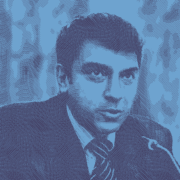

Boris Nemtsov


Boško Buha


Chai Boonthonglek


Charl Kinnear
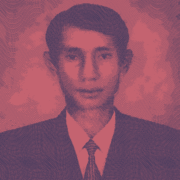

Chut Wutty


Chynybek Aliev


Cihan Hayirsevener


Daphne Caruana Galizia
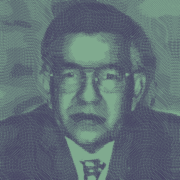

Darío Fernández


Derk Wiersum
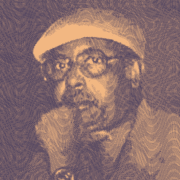

Deyda Hydara


Édgar Quintero


Edmore Ndou


Edwin Dagua
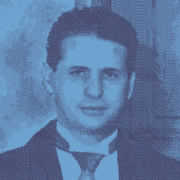

Federico Del Prete


Fernando Villavicencio


Gezahegn Gebremeskel


Gilles Cistac
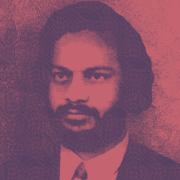

Habibur Mondal


Igor Alexandrov


Jacob Juma
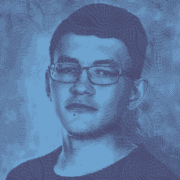

Ján Kuciak


Javier Valdez


Joannah Stutchbury
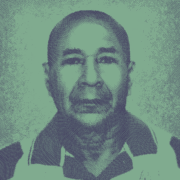

José Ángel Flores
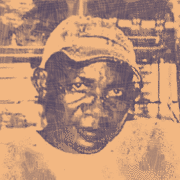

Jules Koum Koum


Kem Ley
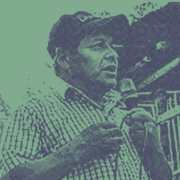

Luis Marroquín
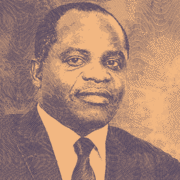

Mahamudo Amurane
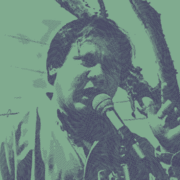

Marcelo Rivera


María Elena Ferral Hernández


Marielle Franco


Milan Pantić


Milan Vukelić
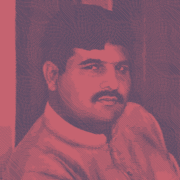

Muhammad Khan


Nelson García


Nihal Perera


Oliver Ivanović
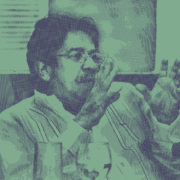

Orel Sambrano


Perween Rahman
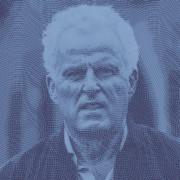

Peter R. de Vries
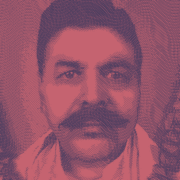

Rajendra Singh


Salim Kancil


Sandeep Sharma


Sikhosiphi Radebe
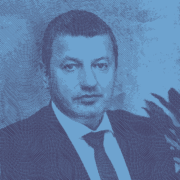

Slaviša Krunić


Soe Moe Tun
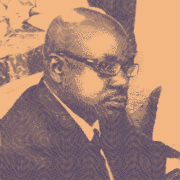

Victor Mabunda
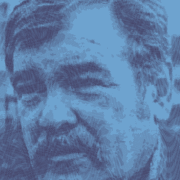

Virgil Săhleanu


Wayne Lotter
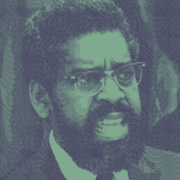

Yuniol Ramírez
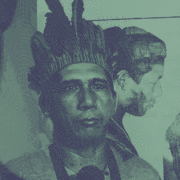

Zezico Guajajara
7 September 2000
Iași, Romania
Profession
Community
Motive
Political dissent
On the morning of 7 September 2000, former union leader Virgil Săhleanu was on his way to the courthouse. He was due to appear before a judge in one of the three cases filed against him by his former employer, Tepro S.A. Iași. Two months earlier, Săhleanu had succeeded in having the court terminate a privatization contract between the Romanian state and the new owners of the factory, the Czech company Železárny Veselí.
Soon after leaving his apartment that morning, Săhleanu was approached by a man who hit him in the face with brass knuckles. Another man attacked him with a knife, grazing his chin before stabbing him six times. The two men continued to assault Săhleanu after he fell, before leaving the building in an unhurried manner. Săhleanu managed to climb the stairs and alerted a neighbour, who took him to hospital. He died an hour and a half later on the operating table.
The murder was the most violent event ever to occur in connection with a series of deals that privatized the factories built during Romania’s communist regime. Soon after the Romanian Revolution of December 1989, many state-owned factories were sold. Often, the new owners resorted to massive layoffs, sold the machinery as scrap and closed the business. According to a study published in 2015, only 22 per cent of the 7 726 Romanian companies privatized after 1989 were still active and had more than 10 employees. The privatization process was ‘… one of the most [opaque] programmes in Romania’, concluded the author of the study, Cristina Chiriac.
In the summer of 1998, Tepro S.A., a pipe producer in Iași, north-eastern Romania, was sold at auction to Železárny Veselí, a metallurgical company founded in the 1960s in former Czechoslovakia. At the time, it was owned by Zdeněk Zemek, a Czech billionaire. The contract – which meant the acquisition of 51 per cent of the total shares of Tepro S.A. – included an investment plan for the following two years. During the process, the buyer was represented by Czech businessman Frantisek Priplata.
In January 1999, the new owners decided to lay off 1 278 out of the 1 600 employees working there at the time. In its heyday, before 1989, the company had more than 6 000 workers. Săhleanu was elected as president of the Tepro workers’ union in the middle of the crisis. Săhleanu – an engineer who had been working in the factory since the 1980s – had a record of conflict with management. In the mid-1990s, when he was transferred to a new department, Săhleanu filed a lawsuit, won in court and returned to his previous position.
Following the massive layoffs, the union lodged a case of labour conflict, and cited fraudulent practices and irregularities in the privatization of Tepro S.A. ‘[Săhleanu] was a strong, determined man,’ said Constantin Rotaru, the current leader of the workers’ union at Tepro.
The new management fired Săhleanu, but he continued his unionist activities outside the factory. He received veiled death threats, said Rotaru. ‘I remember that the general manager said to him during a meeting, “Why are you fighting so hard? No matter what you do, weeds will grow on your grave.” It turned out in court that he [the general manager] was the one who showed the aggressors where Săhleanu lived.’
Undaunted by the threats, Săhleanu alerted the local authorities, organized strikes against Železárny Veselí and sued the company. He succeeded in having the purchase contract between the Romanian state and Železárny Veselí declared null and void. ‘[Săhleanu] was discontented with the social and economic injustices in Romania in 2000,’ says Rotaru. ‘Unfortunately, that’s what brought him to [his] death. I never thought we could have an assassination in Romania.’
In early September 2000, Priplata began to coordinate the attack against Săhleanu, with Cătălin Ciubotaru, the Romanian owner of Protect SRL, a security company. Ciubotaru’s company had won a contract for providing protection services to Tepro, and Priplata told Ciubotaru that he wouldn’t get paid if he didn’t solve ‘the Săhleanu case’. Priplata also agreed to pay Ciubotaru US$3 000 for the attack. The plan was to put Săhleanu in hospital for two or three weeks, during which Protect SRL would take over security at the factory and quell the protests.
Ciubotaru put one of his employees, Irinel Claudiu Bahna, in charge of the operation. Bahna got help from Ion Tofan, a former colleague who had recently been released from prison, and the two began to stake out Săhleanu’s apartment, but a first attempt failed. As the deadline approached, the financial stakes for the attack increased and killing Săhleanu became an option. On 7 September 2000, Bahna and Tofan fulfilled their mission.
More than 5 000 people accompanied Săhleanu’s coffin to the cemetery in Iași.
The trial started in November 2000 and ended five years later. For their involvement in the case, Tepro’s director at the time received a 15-year sentence, while Ciubotaru was sentenced to 17 years. The two assassins were convicted and sentenced to 23 years in prison. Priplata was sentenced to eight years, but he avoided incarceration by hiding for two months, then fleeing Romania to the Czech Republic using a false Hungarian passport.

A bust of Virgil Săhleanu was erected in front of the factory he had owned in Iași, Romania
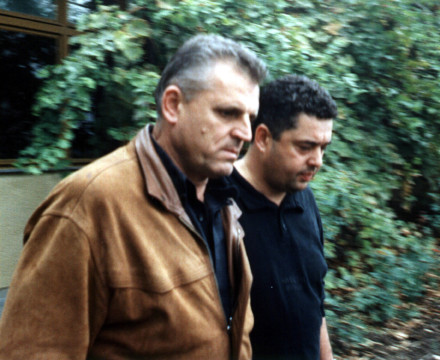
Frantisek Priplata (left), the Czech businessman convicted in the case
The Romanian authorities made several unsuccessful attempts to extradite Priplata. Additionally, a court in Brno, Czech Republic, refused to recognize the Romanian verdict because it considered that Priplata’s right to defence had not been respected in court. As a result, the Romanian authorities would only be able to apprehend Priplata if he were to leave the Czech Republic. According to investigative journalism organization Rise Project, Priplata is still involved in a company in Romania that sells furniture and fabrics.
Železárny Veselí left Romania, but the state paid it US$3.1 million for its shares, plus interest. The factory was sold again to an Indian company, ArcelorMittal Steel. In 2017, according to the company’s most recently available reported fiscal information, Tepro employed 258 people. However, productivity increased after the new owner invested some €30 million (about US$33 million) in new equipment, Rotaru explained. The factory is still alive and offers jobs to hundreds of people: a posthumous victory for Săhleanu. ‘I am ashamed to say that had he not died, the factory would be gone,’ says the current union leader.
The workers’ union at Tepro still hope that 7 September – the day Săhleanu was assassinated – will be proclaimed as the day of Romanian syndicalism. ‘Just a day for workers to remember that someone died, so they could eat a piece of bread today,’ Rotaru said.


8 April 2017
Tirana, Albania
Artan Cuku


27 February 2015
Moscow, Russia
Boris Nemtsov


10 June 2002
Belgrade, Serbia
Boško Buha


19 December 2009
Bandirma, Turkey
Cihan Hayirsevener


16 October 2017
Bidnija, Malta
Daphne Caruana Galizia


18 September 2019
Amsterdam, Netherlands
Derk Wiersum


18 February 2002
Casal di Principe, Italy
Federico Del Prete


1 July 2001
Slavyansk, Ukraine
Igor Alexandrov


21 February 2018
Veľká Mača, Slovakia
Ján Kuciak


11 June 2001
Jagodina, Serbia
Milan Pantić


6 November 2007
Banja Luka, Bosnia and Herzegovina
Milan Vukelić


16 January 2018
North Mitrovica, Kosovo
Oliver Ivanović


15 July 2021
Amsterdam, The Netherlands
Peter R. de Vries


22 April 2019
Banja Luka, Bosnia and Herzegovina
Slaviša Krunić